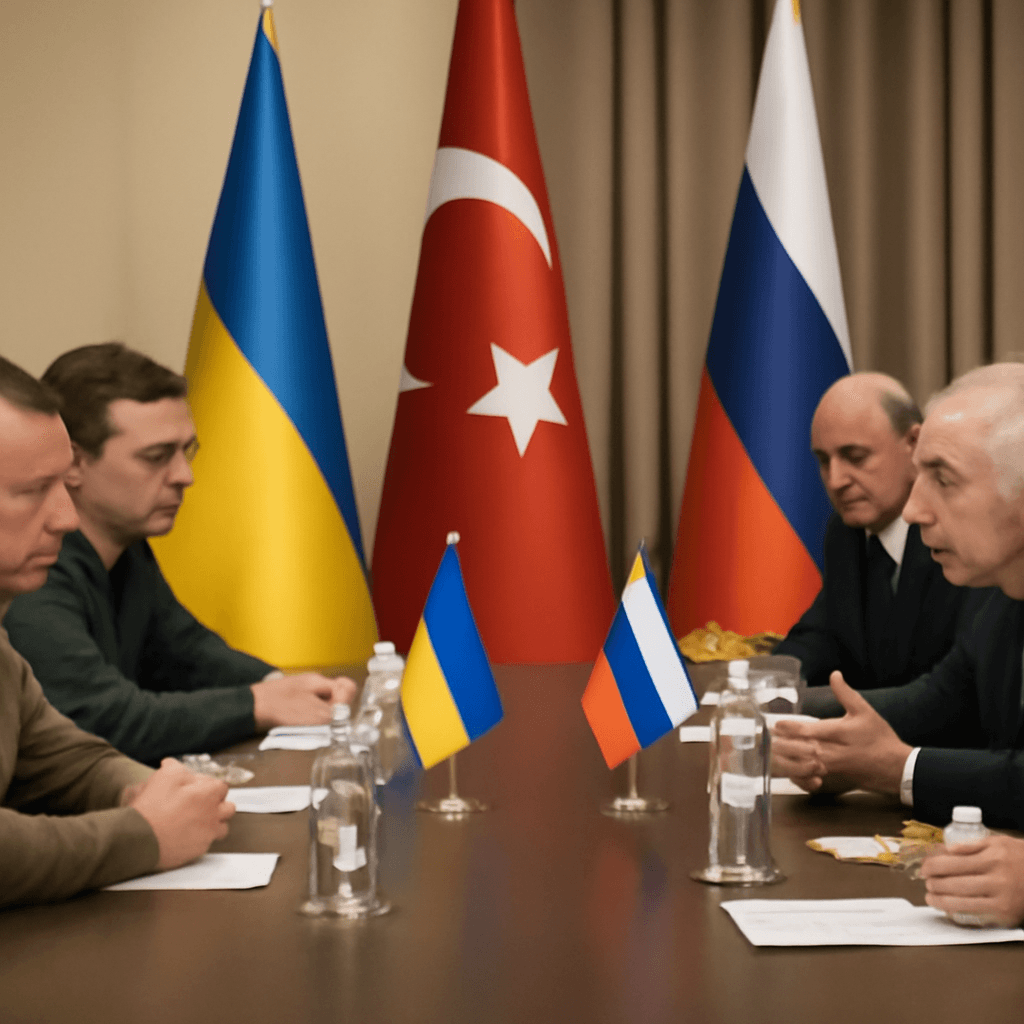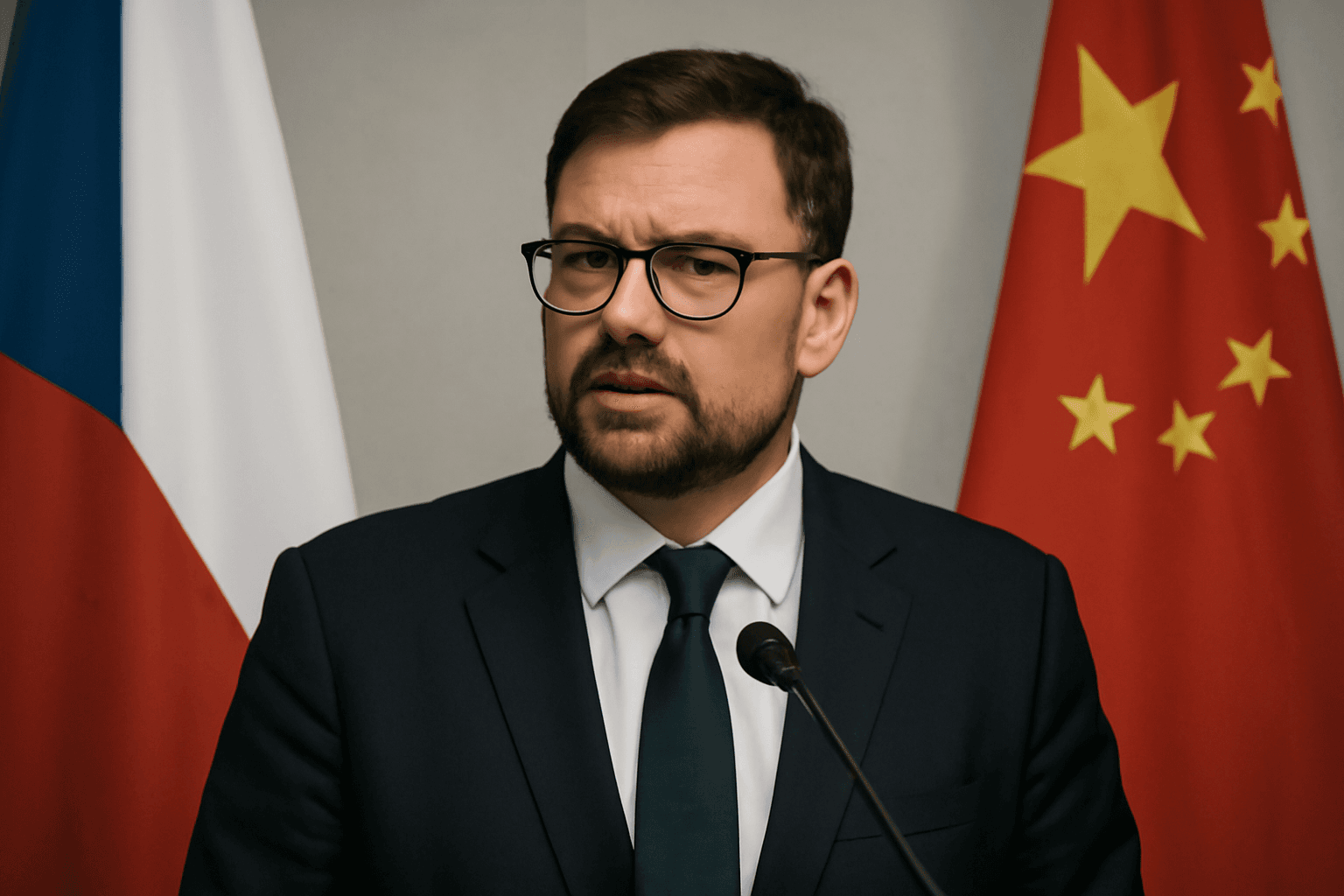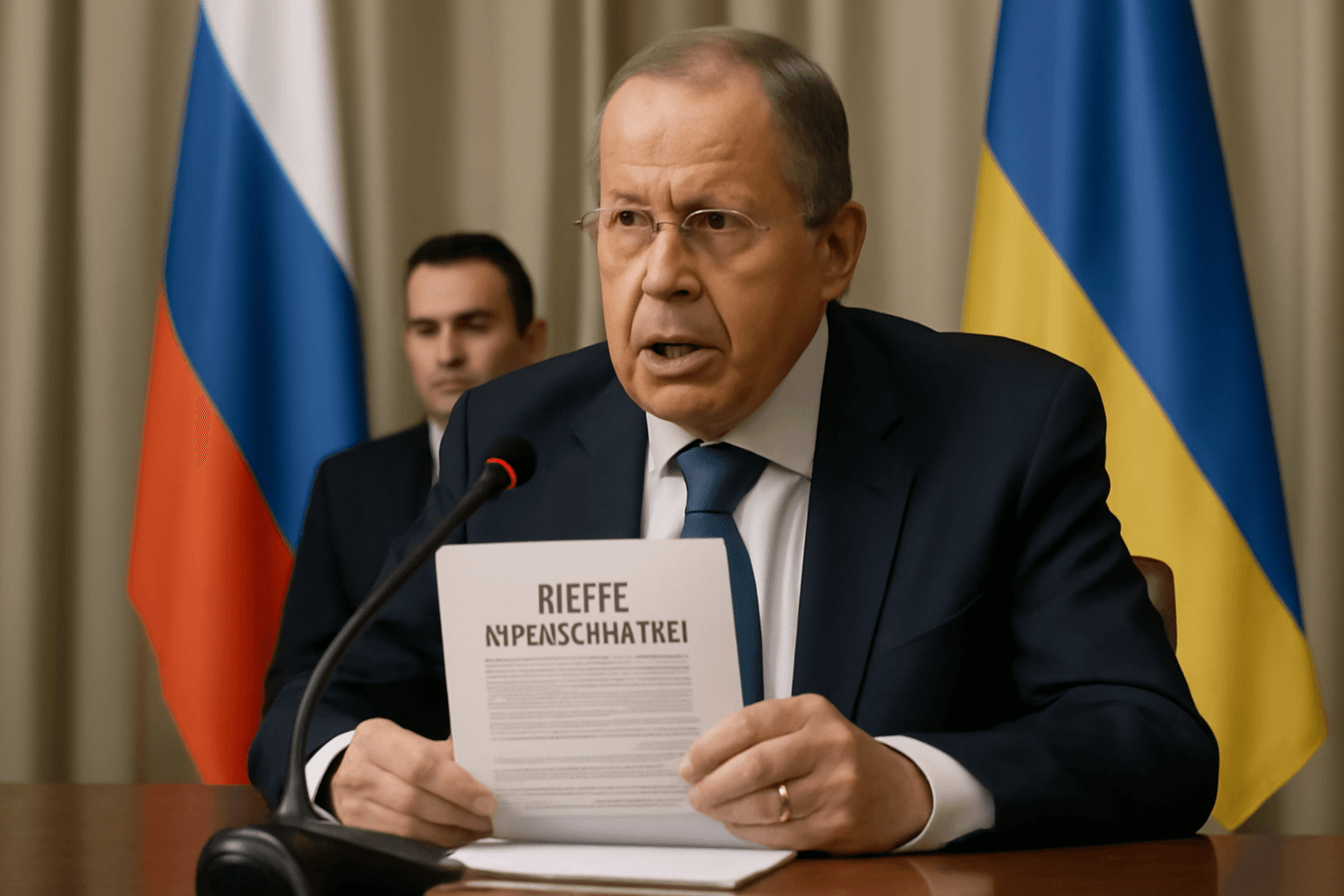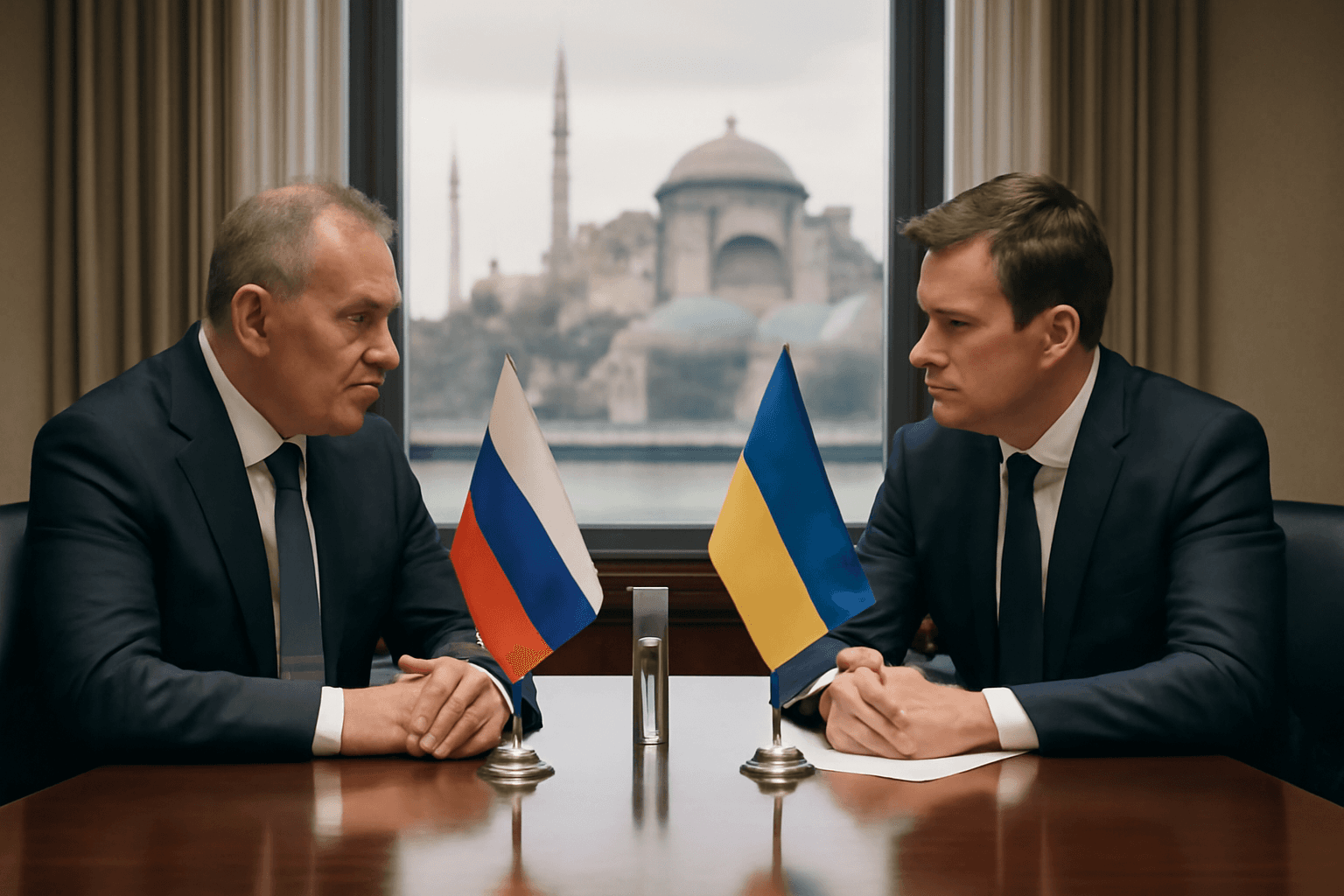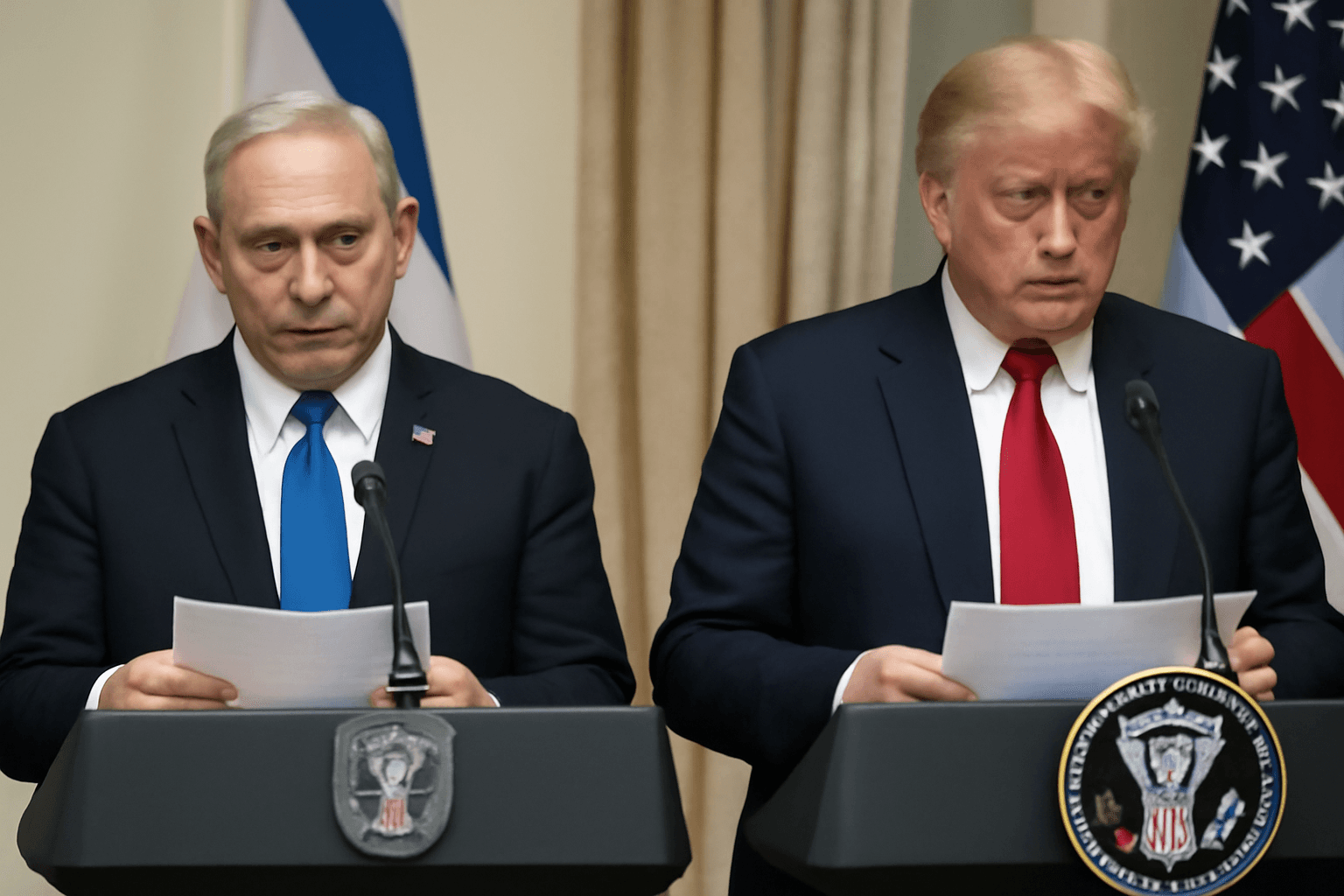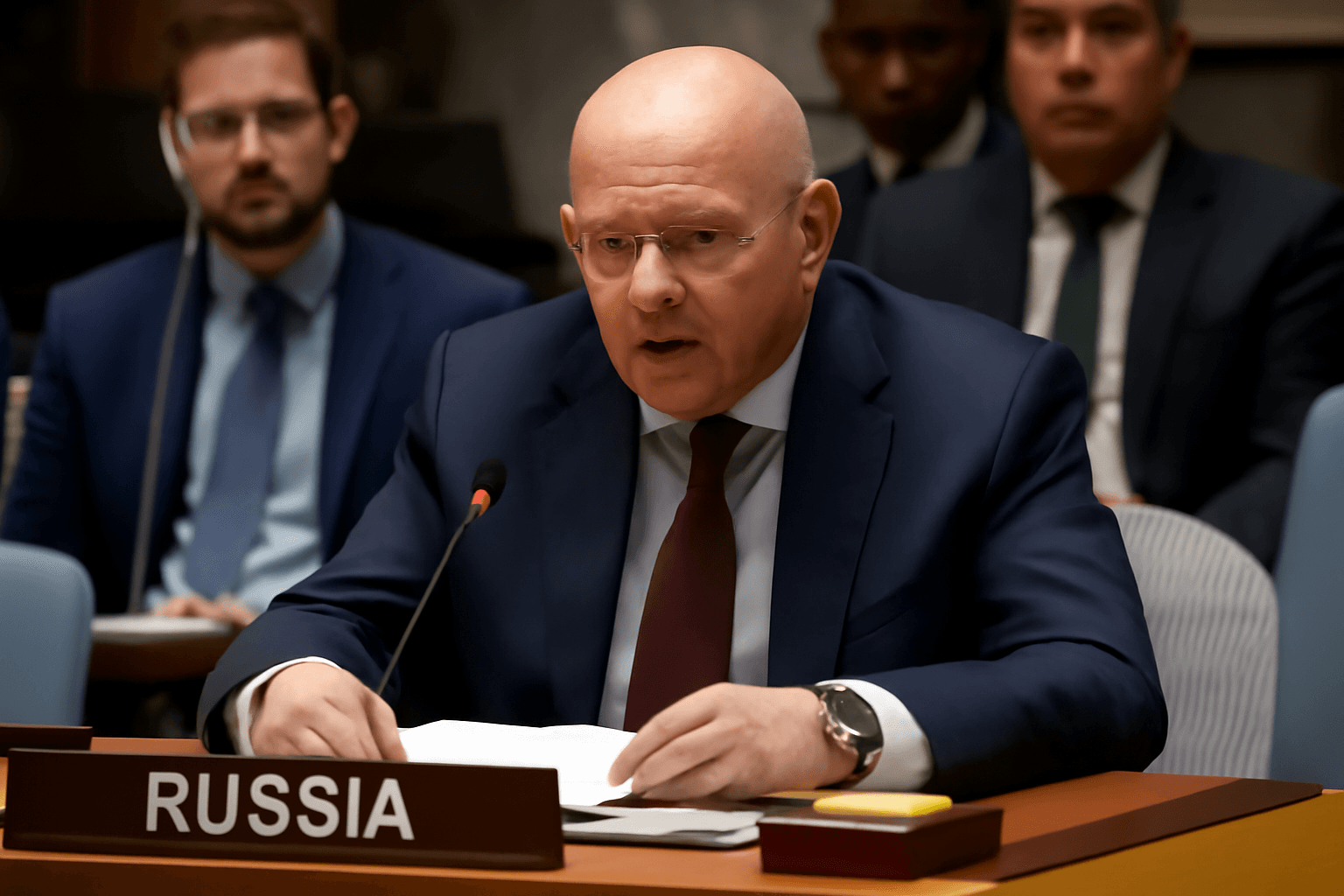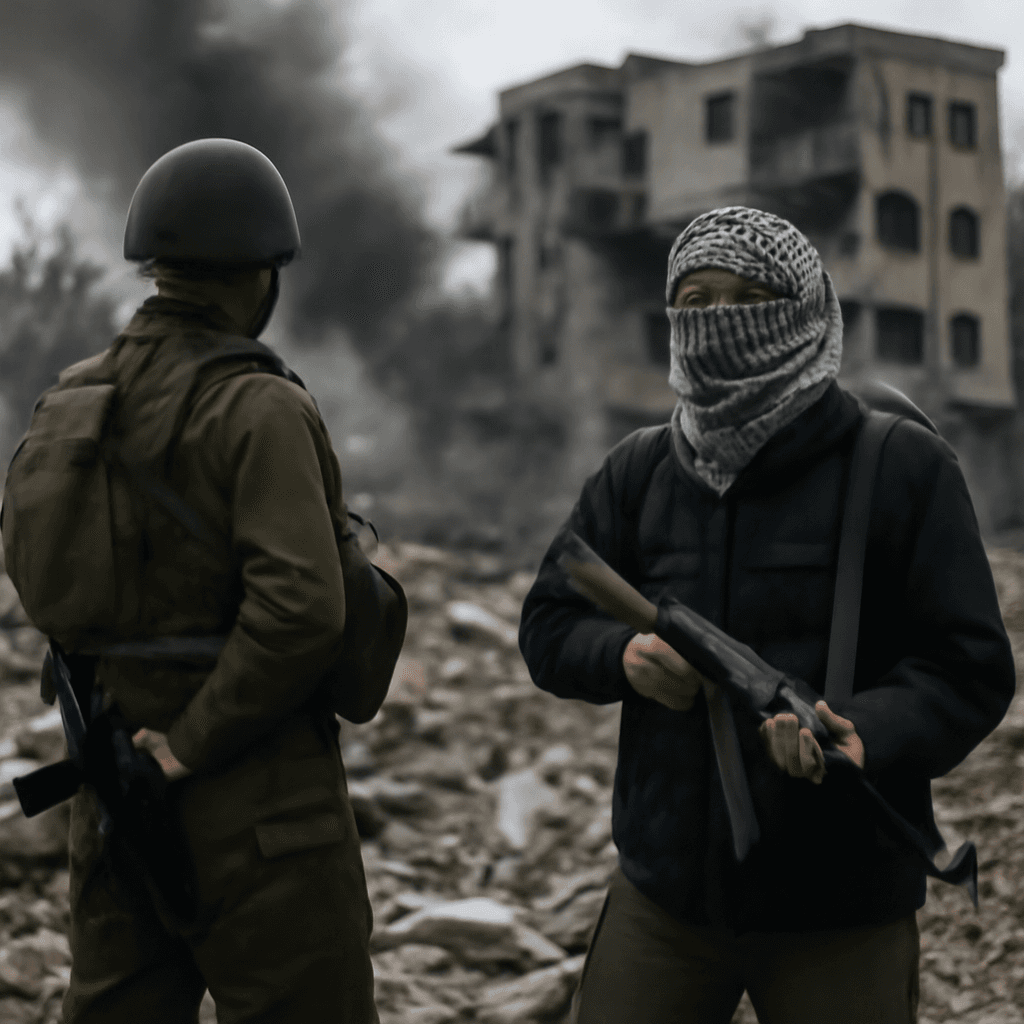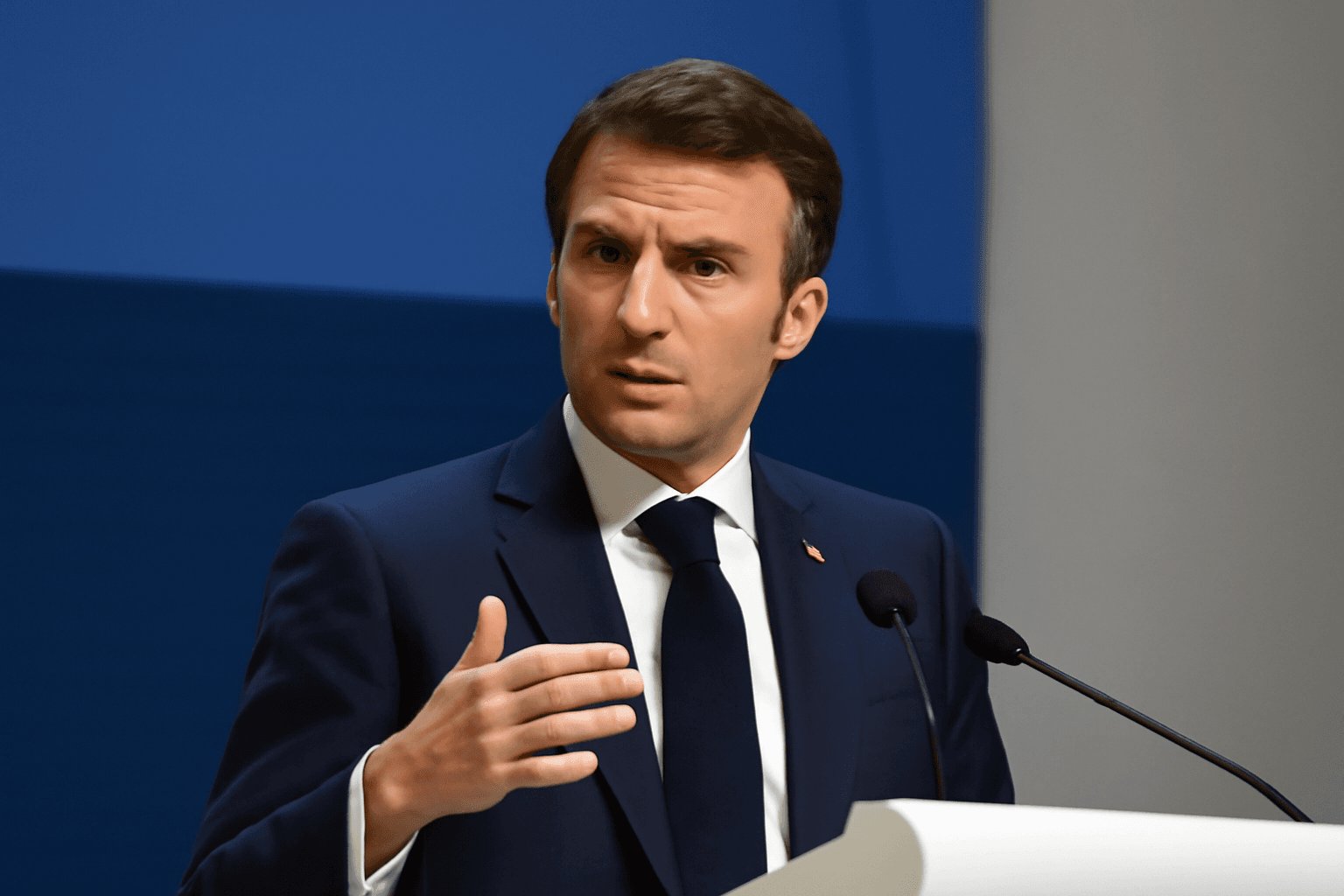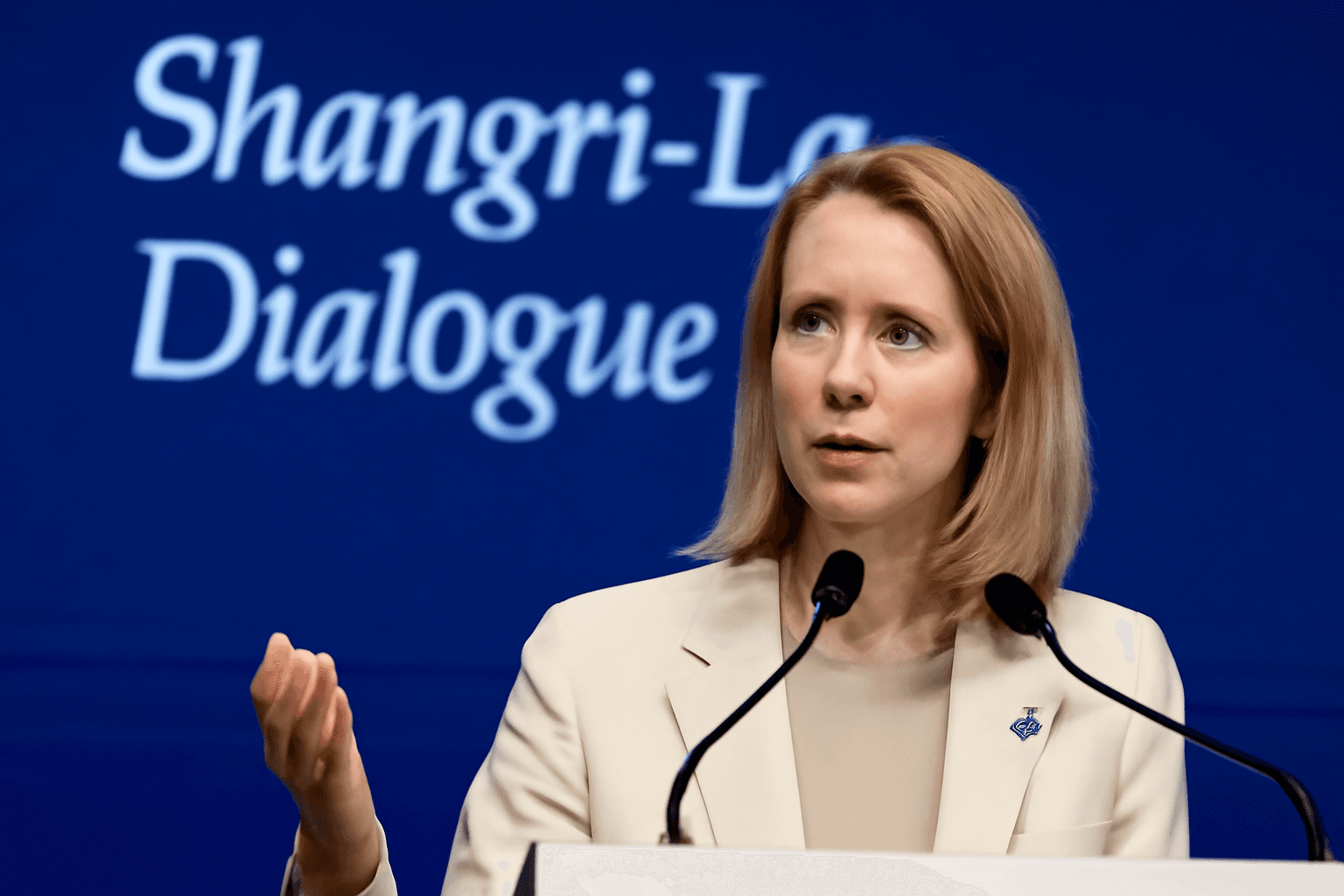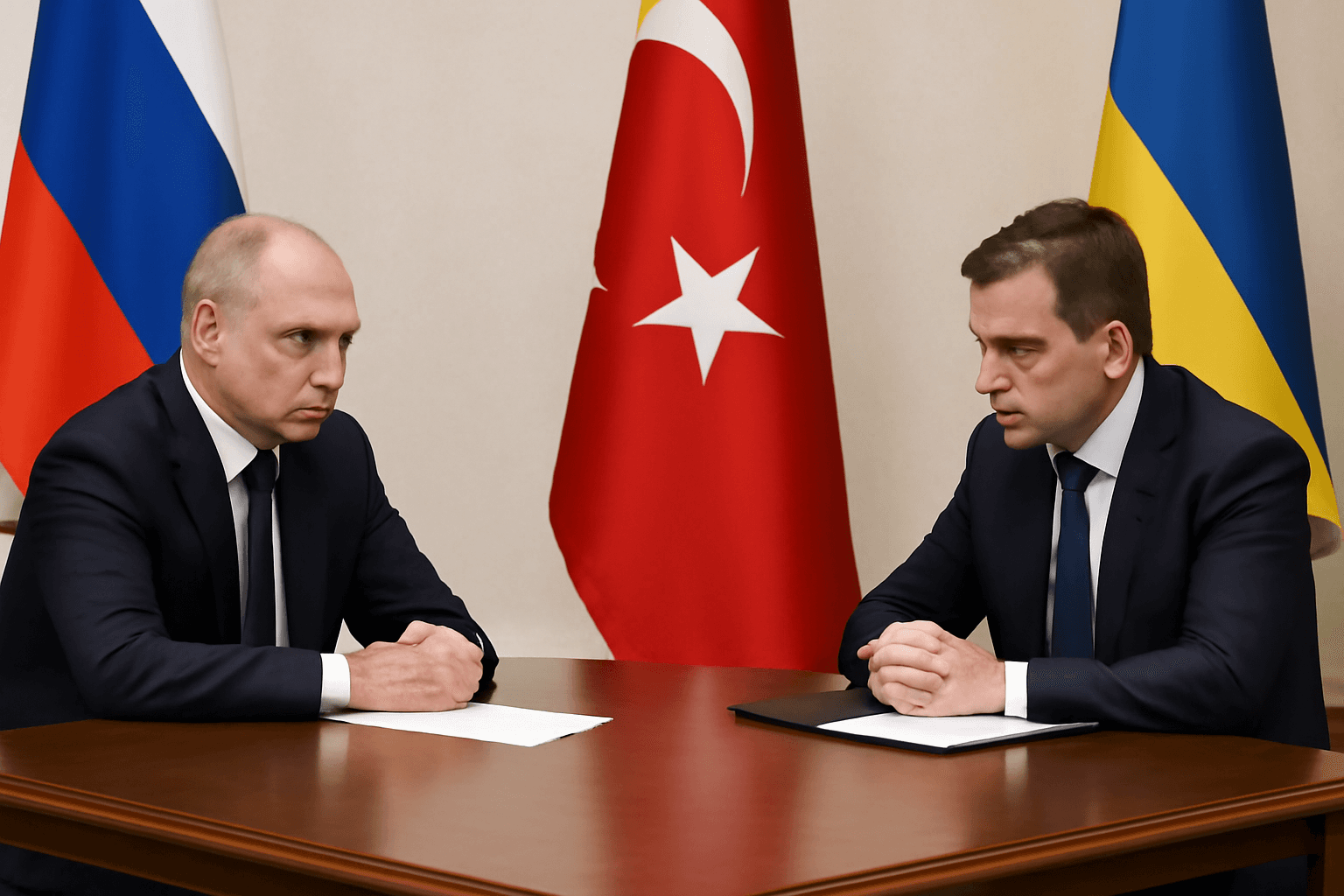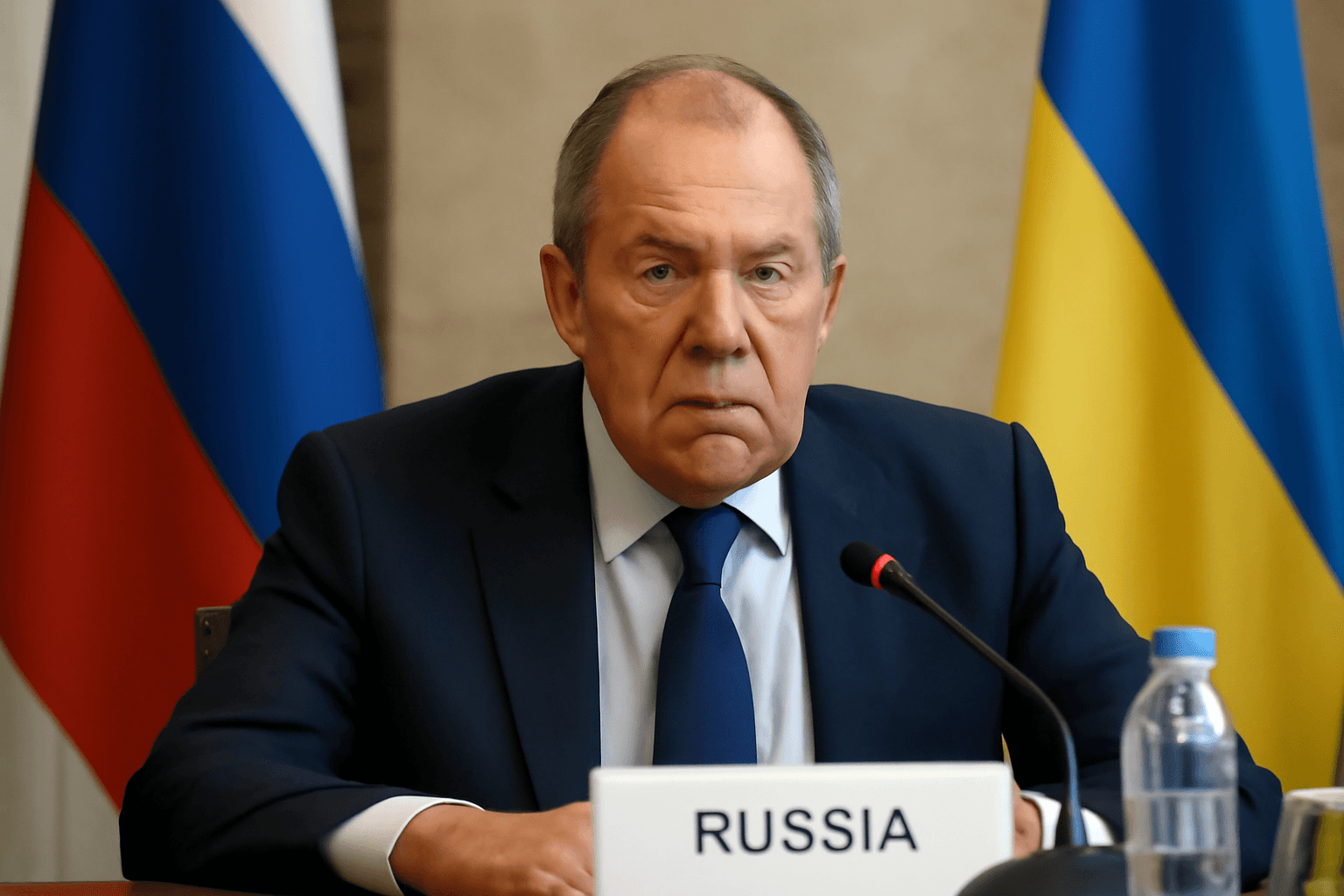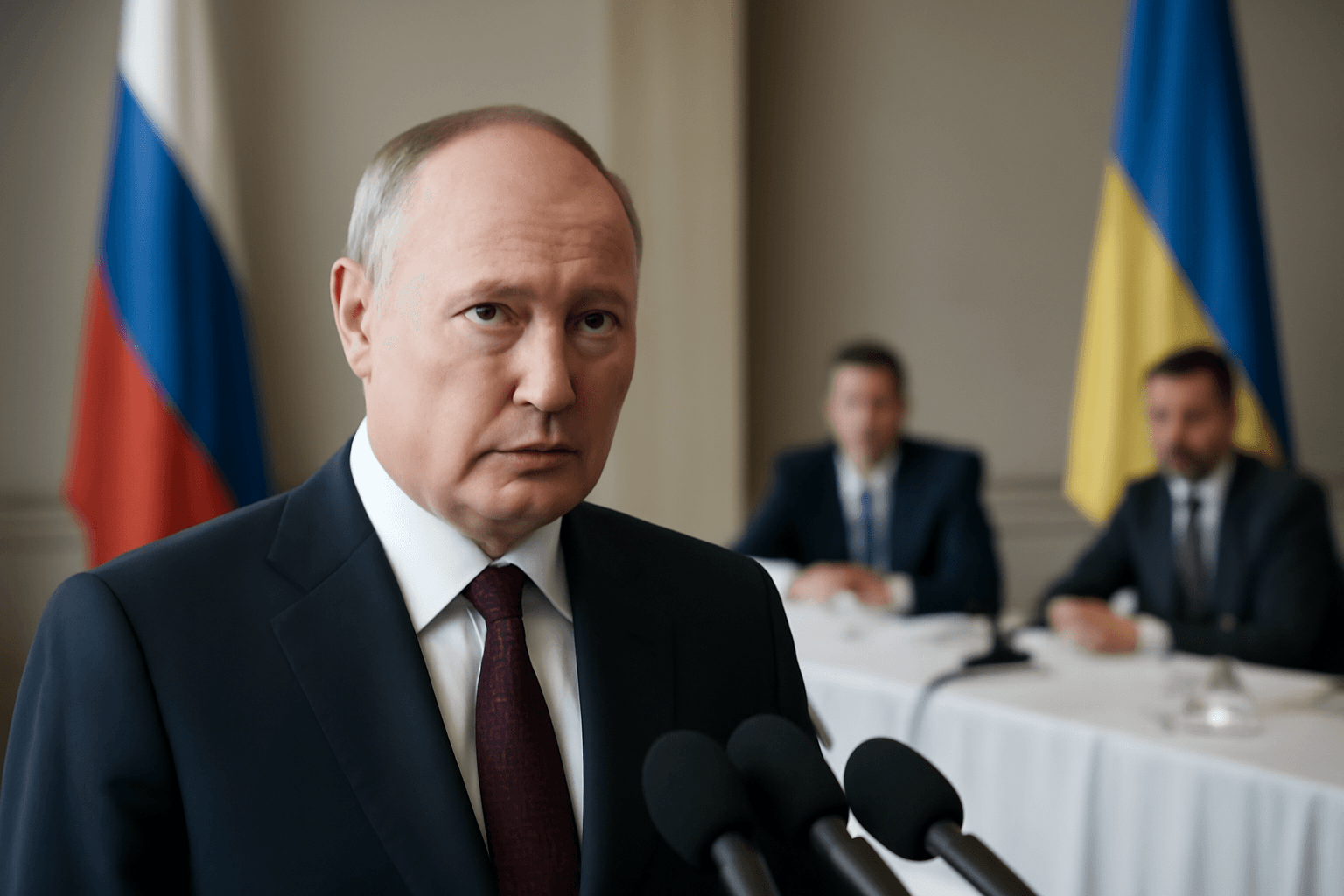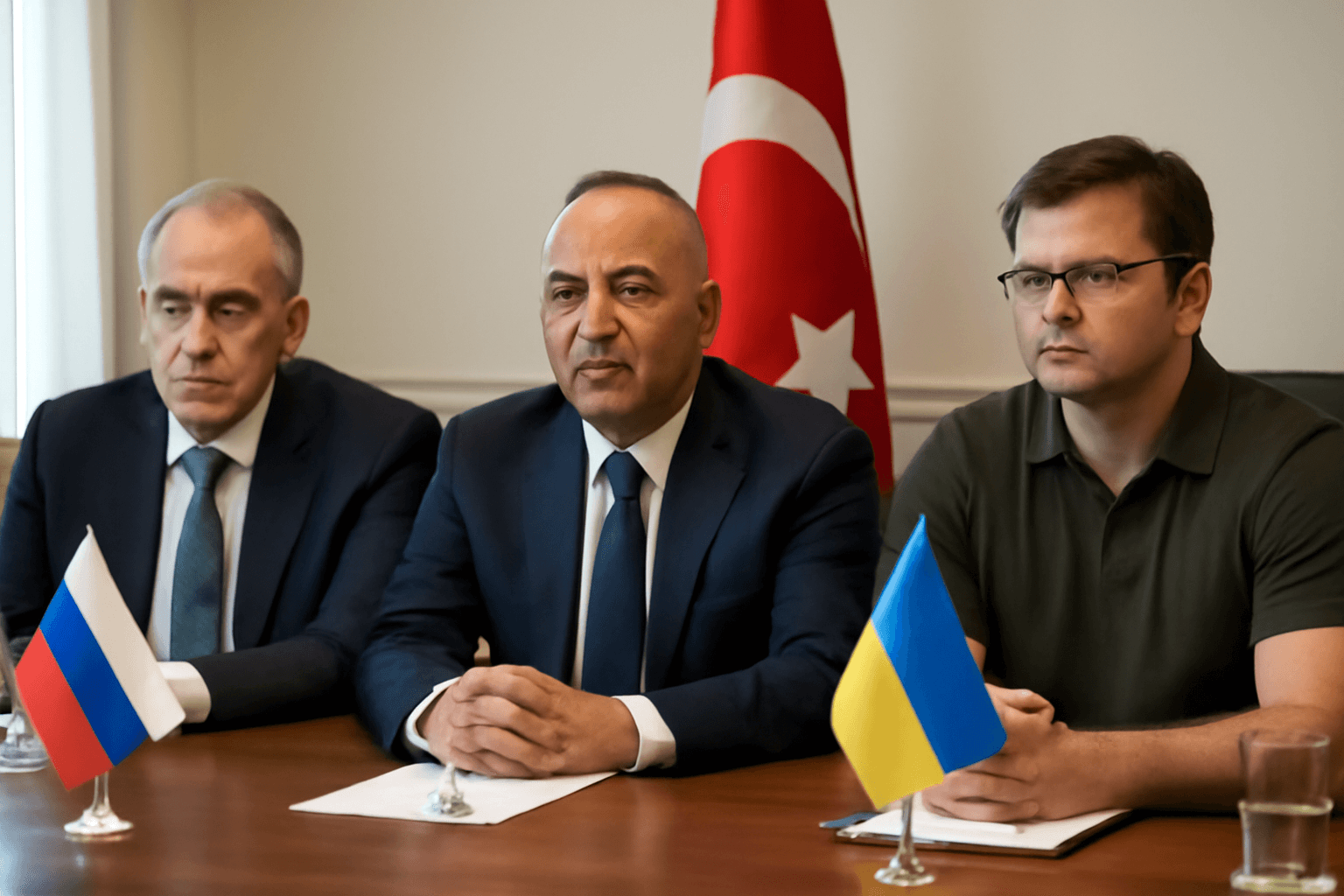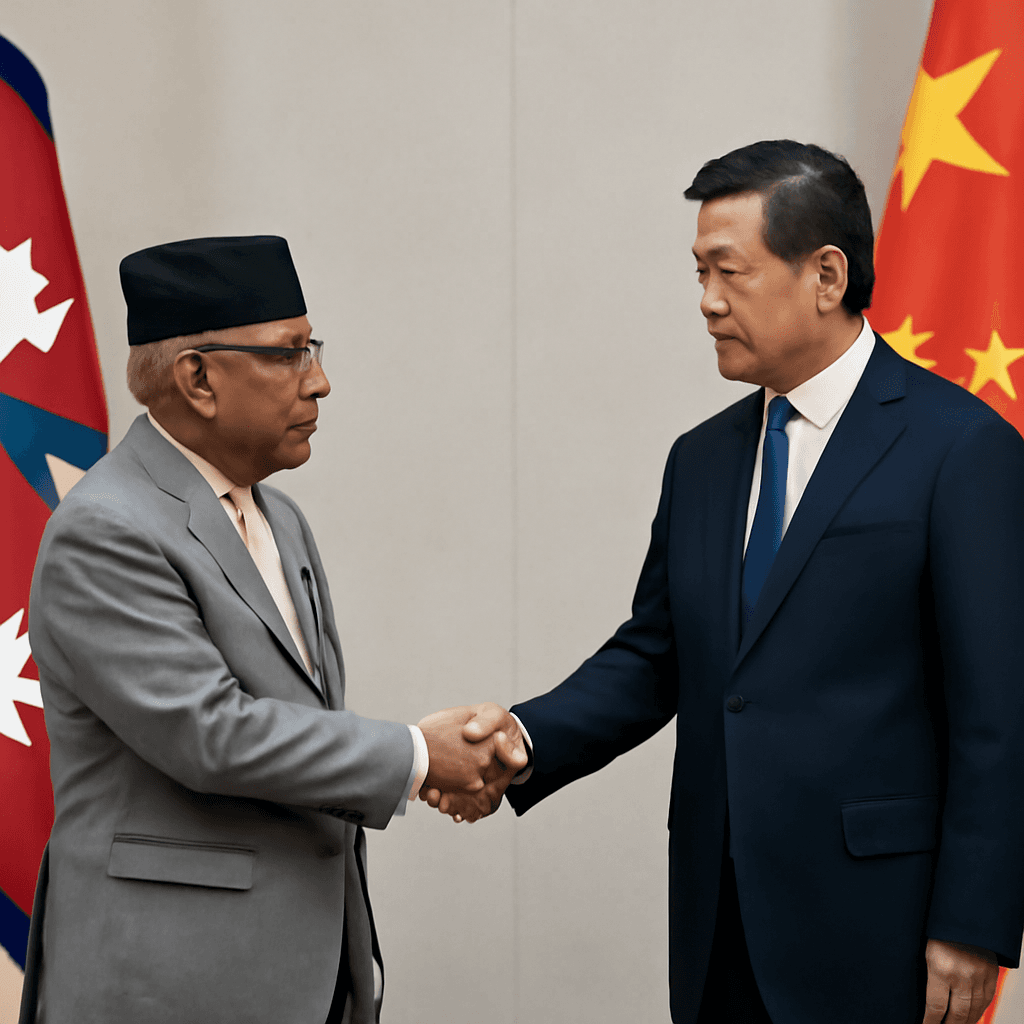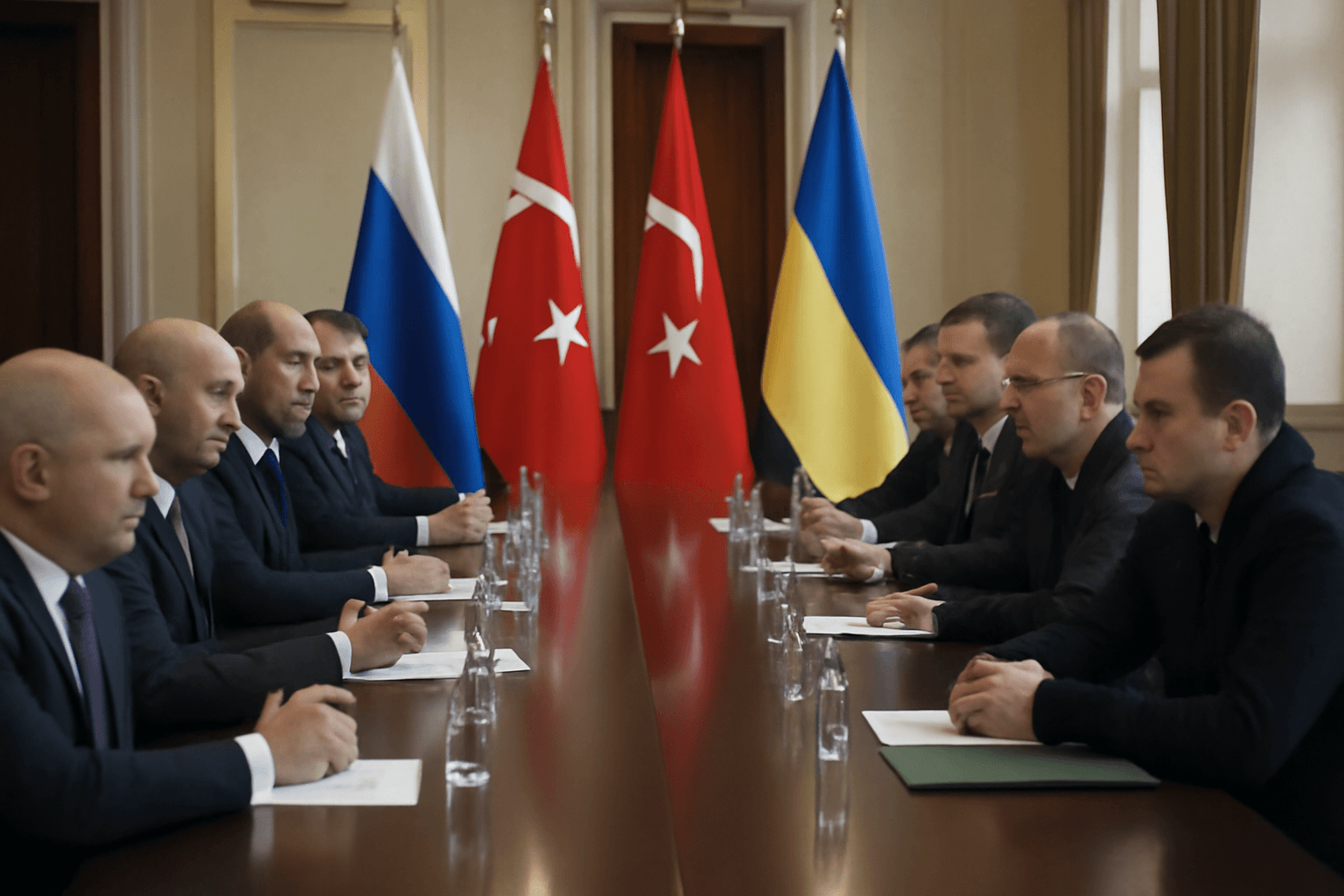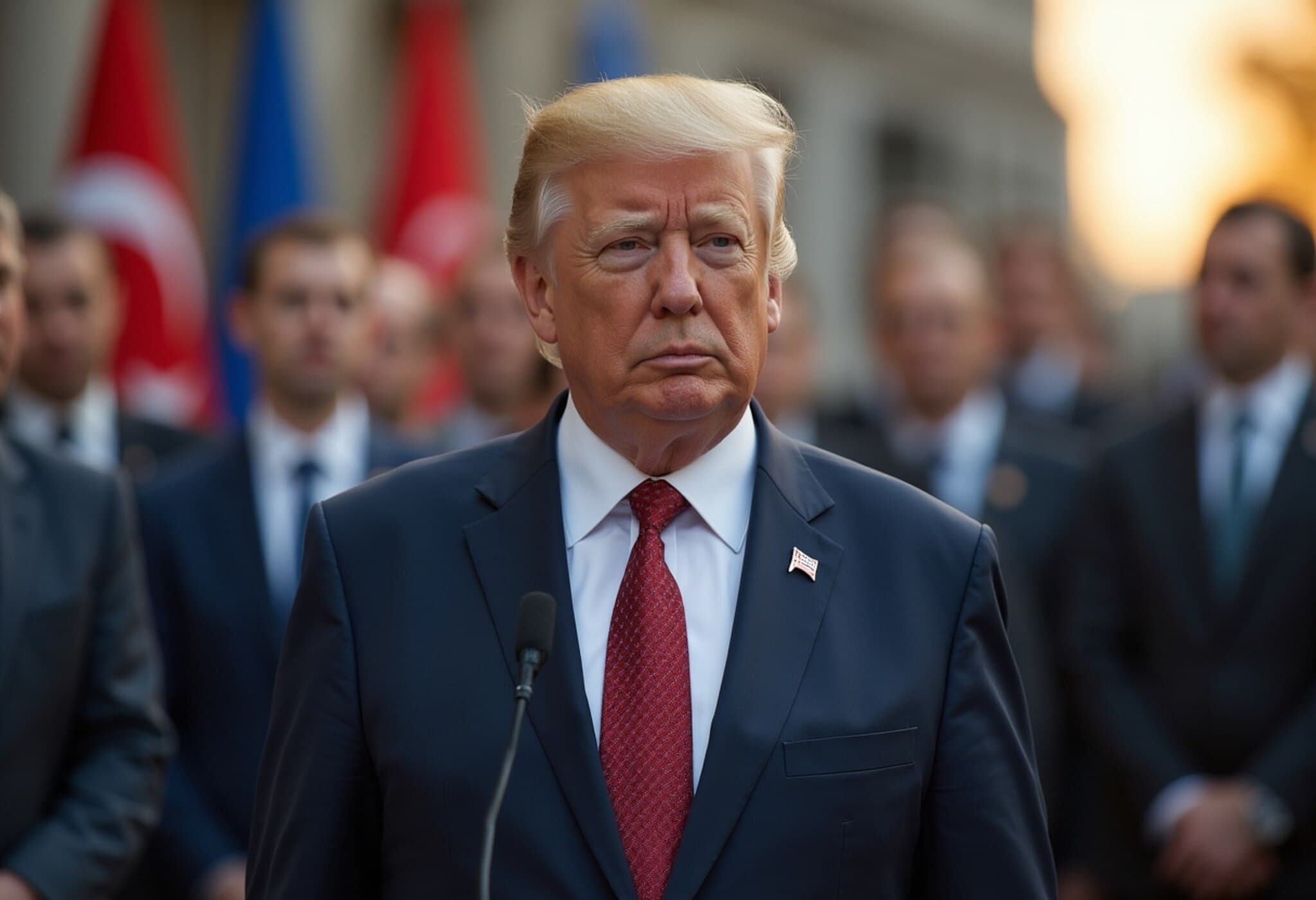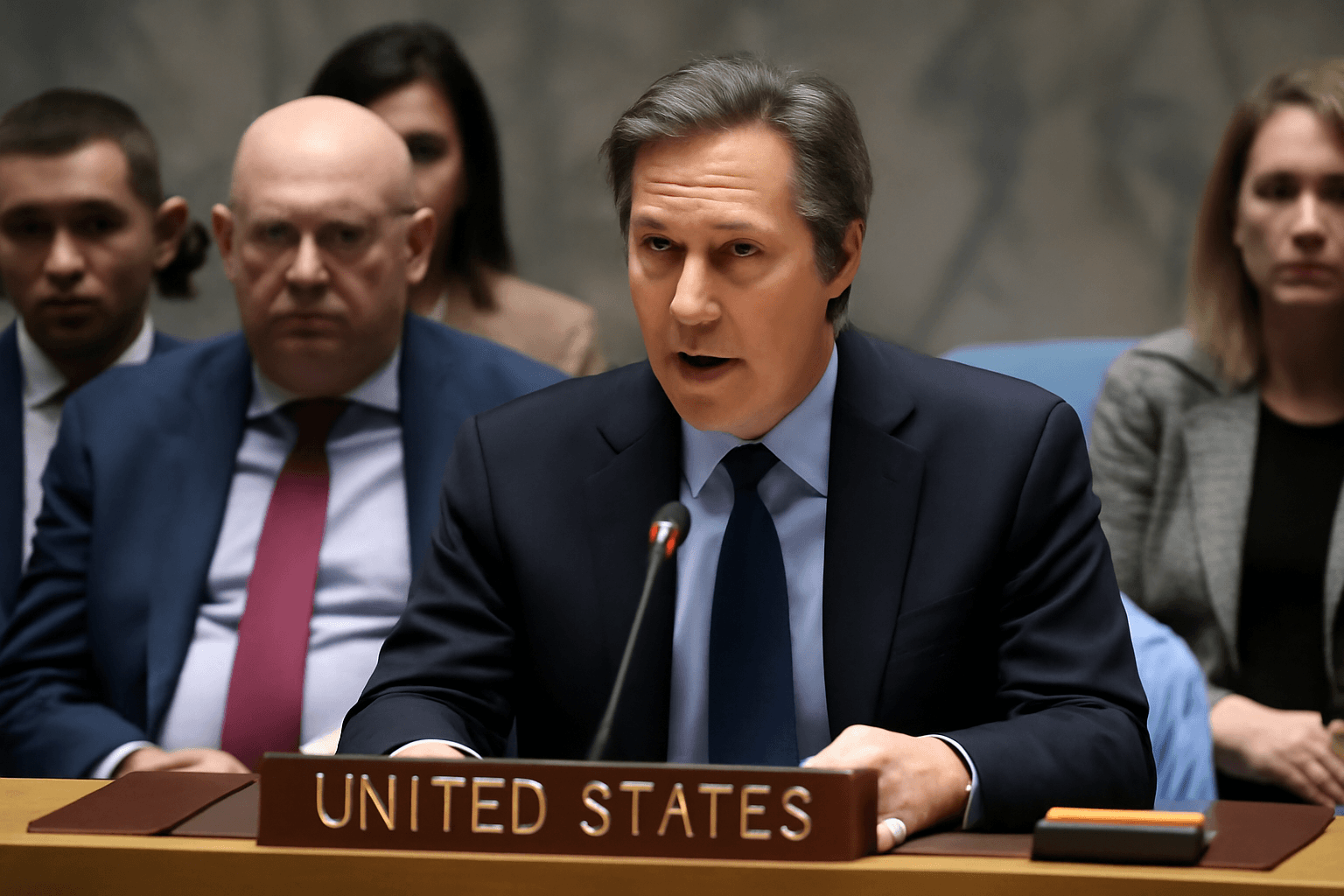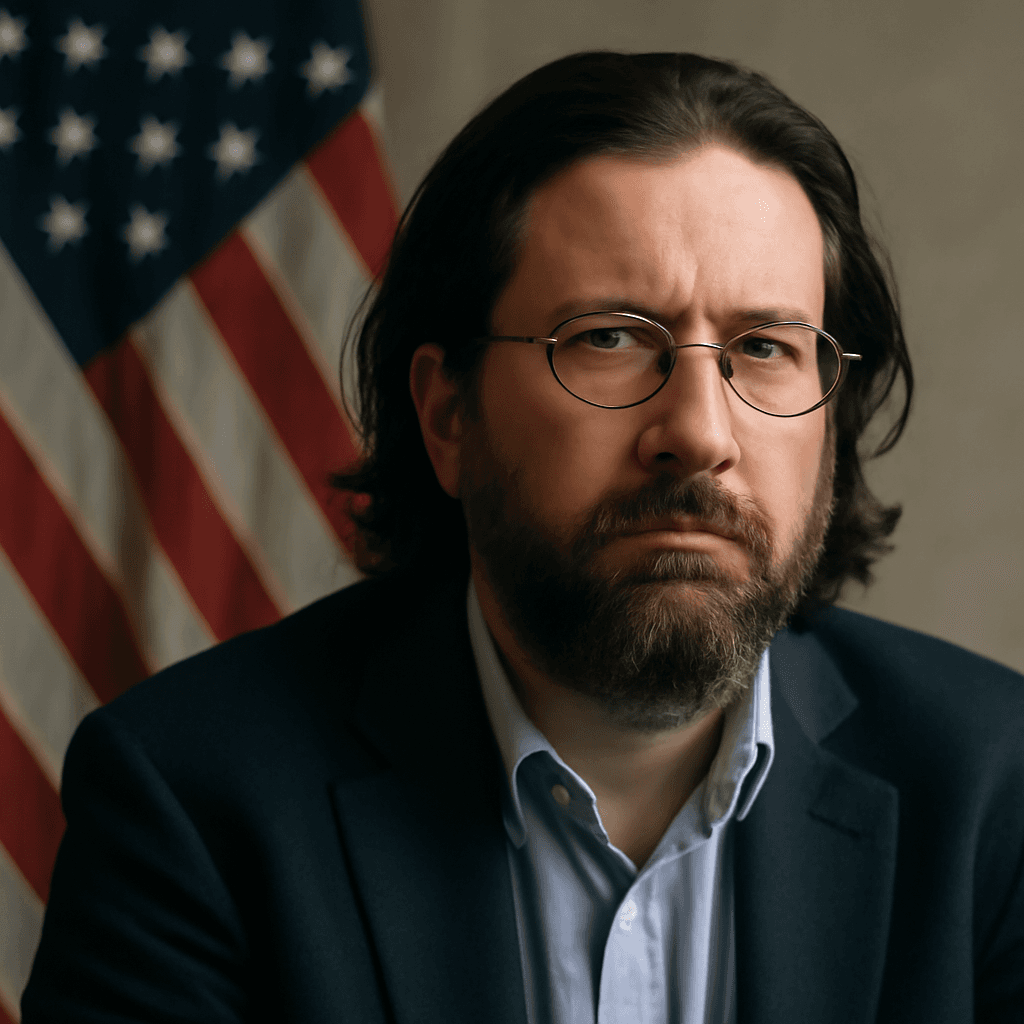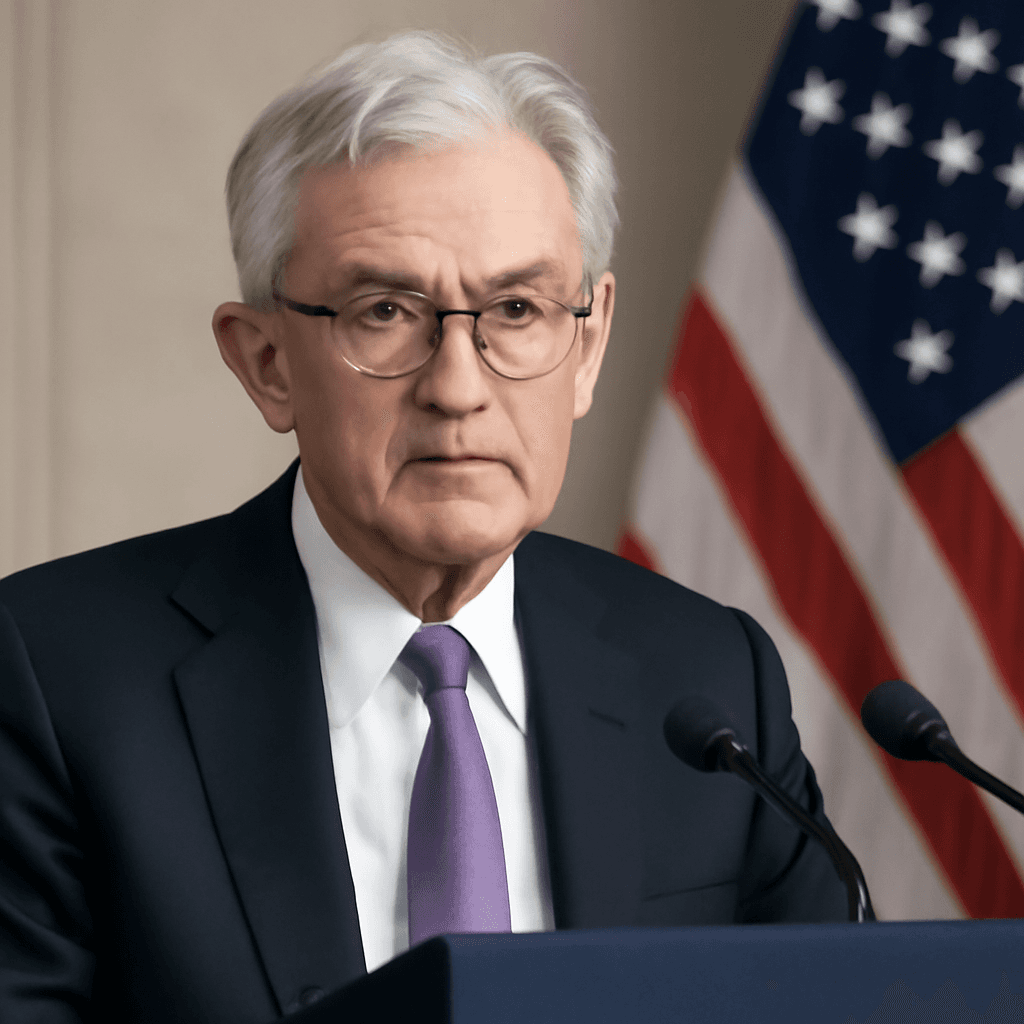Overview of Russia-Ukraine Peace Negotiations
In the recent peace talks held in Turkey, Ukraine and Russia outlined contrasting terms that reflect their core demands for ending the ongoing conflict. Ukraine emphasized the need for an immediate ceasefire, robust security assurances, and the involvement of international stakeholders in enforcing peace. Conversely, Russia pushed for formal recognition of territories it has occupied, Ukraine's neutrality, and limitations on Ukraine’s future military capabilities.
Ukraine’s Conditions for Peace
Ukraine submitted a five-part memorandum detailing the prerequisites for negotiations and peace:
- Immediate and Unconditional Ceasefire: A halt to all hostilities in the air, land, and sea to provide a foundation for peace talks.
- Humanitarian Confidence-Building Measures: Return of deported Ukrainian children, comprehensive prisoner exchanges based on the “all for all” principle, and release of civilian hostages.
- Prevention of Future Aggression: Guaranteeing permanent peace and security without recurrence of hostilities.
- Security Guarantees: Robust international guarantees with involvement from the United States and European powers to ensure compliance.
- Sovereignty and Choice of Alliances: Ukraine maintains the freedom to join organizations such as the European Union or NATO, with no restrictions on foreign troop deployment on its territory.
- Territorial Integrity: Non-recognition of territories occupied since 2014 by Russia, with territorial discussions deferred until after an unconditional ceasefire.
- Sanctions Framework: Sanctions to be lifted gradually with provisions for re-imposition; frozen Russian assets to support Ukraine’s reconstruction or reparations.
Furthermore, Ukraine stressed that future leaders' negotiations should be held with the presence of Western allies to address ceasefire monitoring and peace agreement finalization.
Russia’s Maximalist Demands
Russia's proposal, presented in three parts, demands significant concessions from Ukraine, essentially requiring its surrender under specified terms:
- Recognition of Territorial Annexations: International acknowledgment of Russian occupation of Crimea, Donbas, and Novorossiya.
- Rights of Russian Speakers: Official status for the Russian language and prohibitions against any glorification of Nazism or neo-Nazism.
- Religious Freedom: Removal of restrictions on the Ukrainian Orthodox Church.
- Ukraine’s Neutrality: Commitment not to join military alliances or host foreign troops.
- Military Restrictions: Ban on Ukraine developing nuclear weapons and limitations on post-war military capabilities.
- Sanctions and Diplomatic Relations: Lifting Ukrainian sanctions on Russia and phased restoration of diplomatic and economic ties, including gas transit.
Regarding the ceasefire, Russia proposed two options:
- First Option: Full Ukrainian withdrawal from the annexed regions within 30 days and establishment of a ceasefire from the start of the withdrawal.
- Second Option: Ceasefire with bans on redeployment of Ukrainian forces beyond an agreed perimeter and cessation of Western military support during this period.
Additional Russian demands include cancellation of martial law, demobilization of forces, disbanding of so-called nationalist groups, establishment of a bilateral Ceasefire Monitoring Center, and granting amnesty to political prisoners.
The final peace treaty would involve signing the ceasefire, holding presidential and parliamentary elections within 100 days, and legal ratification by the United Nations Security Council.
Current Status and Outlook
Despite direct dialogues, no breakthrough has been achieved yet. Russia’s recent intensification of missile and drone attacks, as well as Ukraine’s notable drone strikes reportedly damaging Russia’s bomber fleet, underscore the ongoing volatility. Both nations remain firm on their respective terms, indicating that substantial negotiations and compromises are essential for progress toward lasting peace.

